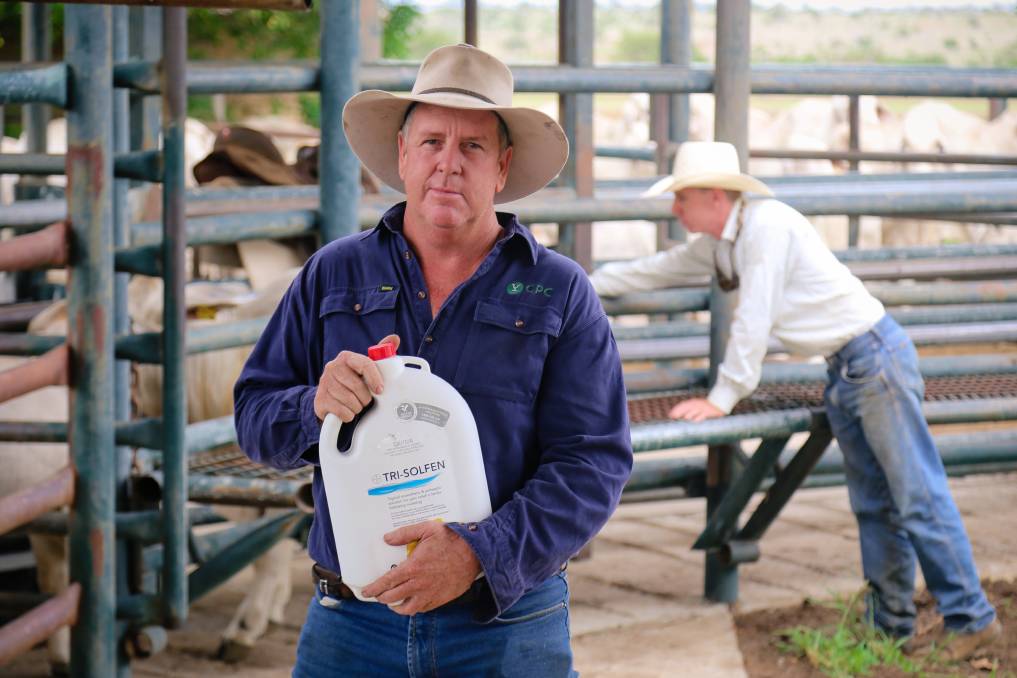Dehorning Daisy? Better make it painless.
December 9, 2013
A UBC researcher finds that calves experience emotions like depression and anxiety
University British Columbia’s Dairy Research Centre
Calves can experience depression and anxiety, suggests new research from the University of British Columbia, raising ethical concerns over cattle dehorning procedures.
A study led by Heather Neave, the first to use a cognitive test to address the emotional response to pain in any species besides humans, found calves showed signs of pessimism after having their horns removed.
“The study shows they’re not just animals who have a sensory response,” said Neave, a recent master’s graduate of UBC’s Animal Welfare Program. “They possess the cognitive ability to pass judgment, interpreting ambiguous events more negatively.”
Dairy producers dehorn cattle using a chemical paste or hot iron to reduce the risk of injury to farmers and other animals. Previous research on dehorning has shown the procedure elicits behavioural and physiological responses in the animal, but little is known about the emotions it conjures.
At the UBC Dairy Research Centre in Agassiz, B.C., Neave spent three weeks training 17 calves to perform a simple task where they had to decide whether or not to approach a video monitor inside their pen, depending on the colour displayed on the screen.
Experiment explores emotional depths of calves
Using milk as a reward, half of the calves were trained to approach the monitor when it was red and avoid it when it was white. The other half learned the opposite. The calves quickly learned the suggested meaning of the two colours, and were then introduced to three shades of pink that could be interpreted positively or negatively.
Neave ran the task with the calves before and after the calves were dehorned with a hot iron at 30 days old. She found that the calves showed no change in their approach to the red or white screens, but approached the ambiguous pink screens less frequently following the procedure, taking the dim view that they would not be rewarded with milk.
According to Neave, this pessimistic response shows the calves are experiencing negative emotions.
“Statistical analysis refuted other plausible explanations for their reduced response to the ambiguous screens,” Neave said. “Human literature indicates emotions influence our interpretations and judgments of ambiguous information, which was a similar response exhibited by the calves.”
Neave wants to see dairy producers provide pain medication to their cattle in the form of a sedative and anesthetic before dehorning and a painkiller post-procedure.
Many farmers do provide pain medication during the procedure, but the pain experienced afterwards is typically not treated. Neave administered a sedative and anesthetic on the calves she trained, but withheld a painkiller in order to conduct the experiment.
Results hit home for dairy farmers
Most dairy producers cite time and cost as reasons for not providing the pain relief, but Neave says her study has them thinking twice.
“The feedback I get in conversation with dairy producers is positive,” she said. “They are surprised to learn that calves are able to complete the task and it really hits home for them when they realize the animals have an emotional response to the procedure.”
Other researchers at the centre are using the same experiment to study the impact of calves being separated from their mothers, and to probe the potential benefits of the animals being housed with a partner.
“Some dairy farmers are now moving away from dehorning altogether, by using genetically hornless animals in their herds,” Neave said. “We have a special responsibility to prevent this pain.” Refer to Article
